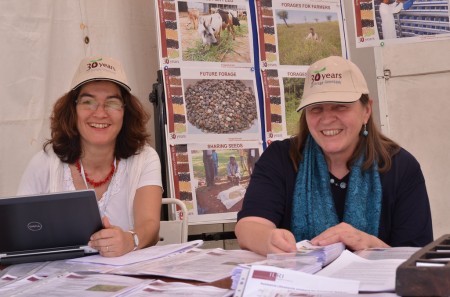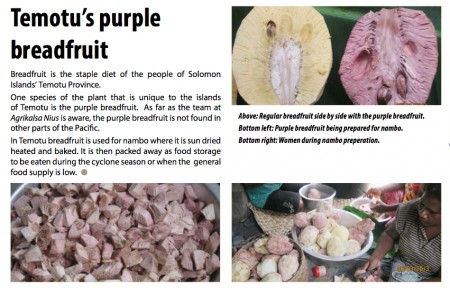An article in last weekend’s New York Times Sunday Review has been getting a lot of traction. Breeding the Nutrition Out of Our Food by one Jo Robinson complains that nutrition has been going downhill ever since farming began. Not, she says, merely with the advent of modern varieties.
Wow! I mean, that’s quite a claim. So I took a serious look.
I guess my main beef with the piece is that it still presents a thoroughly medical view of nutrition and diet. I guess the de rigeur hat-tip to Hippocrates should have tipped me off. “Let food be thy medicine” is not in fact a prescription for specific active ingredients to combat specific ailments. And to switch, as Robinson does, between active ingredients and some vague notion of phytonutrients, confuses me at least. There’s also the vaguely disquieting idea that if a phytonutrient is good, more is better. It ain’t necessarily so.
Actually, there’s a lot more in the piece that made my blood boil. Most trivially, having said that our nutritional downfall is the result of preferring more sugar and less bitter, how can this be good advice:
Make a stack of blue cornmeal pancakes for Sunday breakfast and top with maple syrup.
Because blue corn contains anthocyanins, obviously.
More worrying is Ms Robinson’s deep misunderstanding of the nature of selection, at least as she describes the domestication of teosinte. To imagine that “nature had been the primary change agent in remaking corn” from the first cultivation of maize until the 19th century, when “farmers began to play a more active role” is nothing short of scandalous. Not unlike people who think Columbus discovered America.
Better yet, in hammering on about modern maize and how sweet it is, we are treated to a description of the discovery and commercialisation of supersweet corn. The first release of a commercial supersweet corn took place in 1961, of which Robinson says:
This appears to be the first genetically modified food to enter the United States food supply, an event that has received scant attention.
If you think supersweet corn is genetically modified, I’d love to know what you think of the changes that turned teosinte into maize.
I was also intrigued by a little “correction” the NYT yesterday slipped in at the bottom of the piece.
An earlier version of this article incorrectly referred to the origins of supersweet corn. The corn was the result of a natural, spontaneous mutation, not one artificially induced through radiation.
I’m sure the whole thing was equally well researched. Because …
Jo Robinson is a bestselling, investigative journalist who has spent the past 15 years scouring research journals for information on how we can restore vital nutrients to our fruits, vegetables, meat, eggs, and dairy products.
The book will probably be a runaway success.

